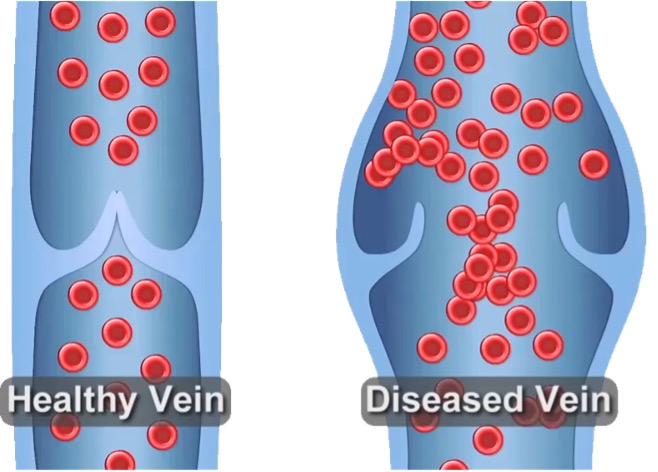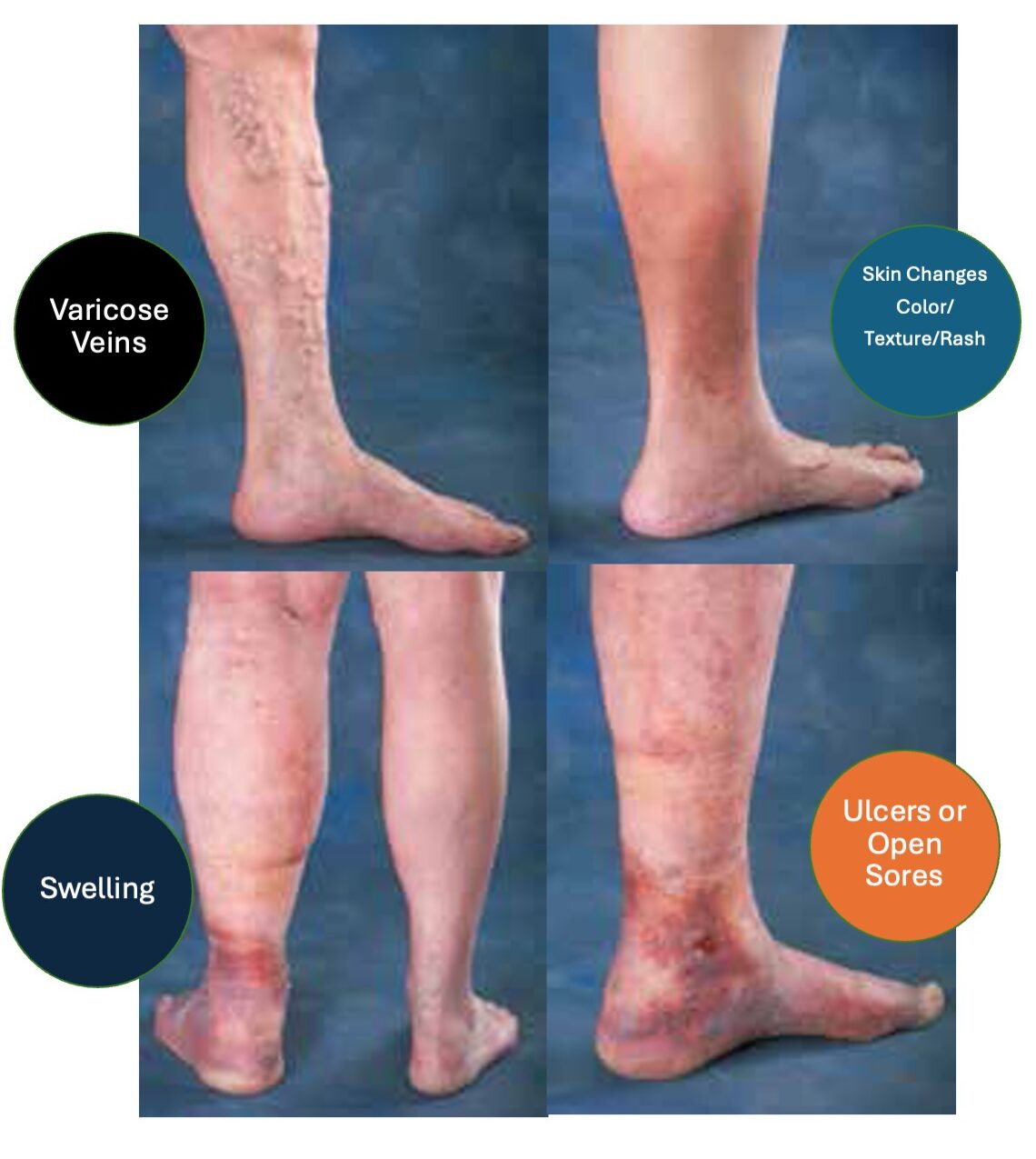Varicose Vein Treatment
Professional, safe, and effective care for varicose veins.
Varicose veins are enlarged, visible veins most often seen on the legs. They occur when vein valves don’t work properly, allowing blood to flow backward and pool.
The condition is common, affecting up to 30% of people. It is more frequent in women, particularly after pregnancy, and in those with a family history, obesity, or jobs requiring long periods of standing.


Varicose veins are not usually dangerous, but they can cause discomfort such as:
Some people may have very visible veins with few other symptoms.
You should consult a specialist if you notice persistent symptoms, progressive enlargement, skin changes, ulcers, bleeding, or if you are simply concerned about the appearance of your veins.
Assessment usually involves:
If deeper vein problems are suspected, additional tests such as a CT scan may be recommended.
Conservative measures may help: maintaining a healthy weight, staying active, avoiding prolonged standing, and wearing compression stockings.
When these are not enough, minimally invasive treatments are available:
These treatments are performed under local anaesthetic and usually do not require hospital admission.
Modern vein treatments are highly effective, with excellent long-term results for most patients.
Minimally invasive treatments are safe. Possible side effects include temporary pain, redness, bruising, or skin discolouration. Serious complications such as deep vein thrombosis are very rare. Your specialist will discuss these with you.
If you have varicose veins or symptoms, a consultation with a specialist is the best way to determine the right treatment.
📞 Please contact our friendly team and your GP for a referral to one of our interventional radiologists.